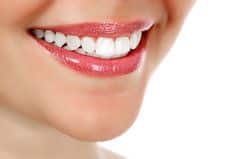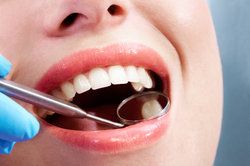Keep on Smiling: Dental Care for Seniors
by Robert Rapisarda
Given that you are reading this blog post right now, the chances are good that you are searching for information about general and restorative dentistry care for an elderly member of your family or another beloved senior in your life. As you probably know, many senior dental patients have special needs that go beyond the availability of treatments such as bridges and dentures. Many seniors find it difficult to brush and floss properly, if at all; even those who are able to tend to their oral hygiene are at higher risk of a variety of dental health issues ranging from gum disease to oral cancer. Regardless of their issues, senior dental patients deserve to be treated with patience, dignity, and respect at all times. They should never feel as though they are being patronized or treated like children.
At the dental practice of Dr. Robert Rapisarda, our entire team is trained to provide exceptional care to patients of all ages and needs, including senior patients. Your senior loved one will be made to feel comfortable and cared for at every stage of treatment; we will strive to create an environment in which he or she will be eager to return for the dental care he or she needs. When it comes to providing superior dental care to seniors, our Boston dental team is unsurpassed. We would welcome the opportunity to demonstrate why you should entrust your elderly loved one’s oral health to our care during a confidential consultation at our office at your earliest convenience.
Elderly Special Needs Patients
Not all senior dental patients have the same needs; some patients remain independent well into their senior years while others require a great deal of assistance with their oral hygiene. Nevertheless, all senior patients will face at least some shared issues that are unique to their age group. For example, all seniors are at heightened risk of dry mouth, gum disease, and oral cancer, regardless of how well they take care of their mouths. This does not mean that they will necessarily develop these conditions; however, it does reinforce the importance of their visiting the dentist at least twice a year as recommended by the American Dental Association – and possibly more often, if recommended by our dental team.
Of course, there are senior patients with more advanced special needs. Many senior patients have lost the manual dexterity required to effectively brush and floss their teeth, increasing the likelihood that plaque and tartar will build upon their teeth between dental visits. This puts their teeth and gums at risk of serious damage. Once again, the best way to avoid this damage is to visit our office routinely for professional cleanings and oral exams. For many seniors, trips to our office represent their best opportunity – if not their only opportunity – to care for their teeth and gums.
Learn More about Dental Care for Seniors
If you would like to schedule an appointment for you and your elderly loved one to meet with Dr. Rapisarda, please contact our general and restorative dentistry practice today.
Keep on Smiling: Dental Care for Seniors Read More »










